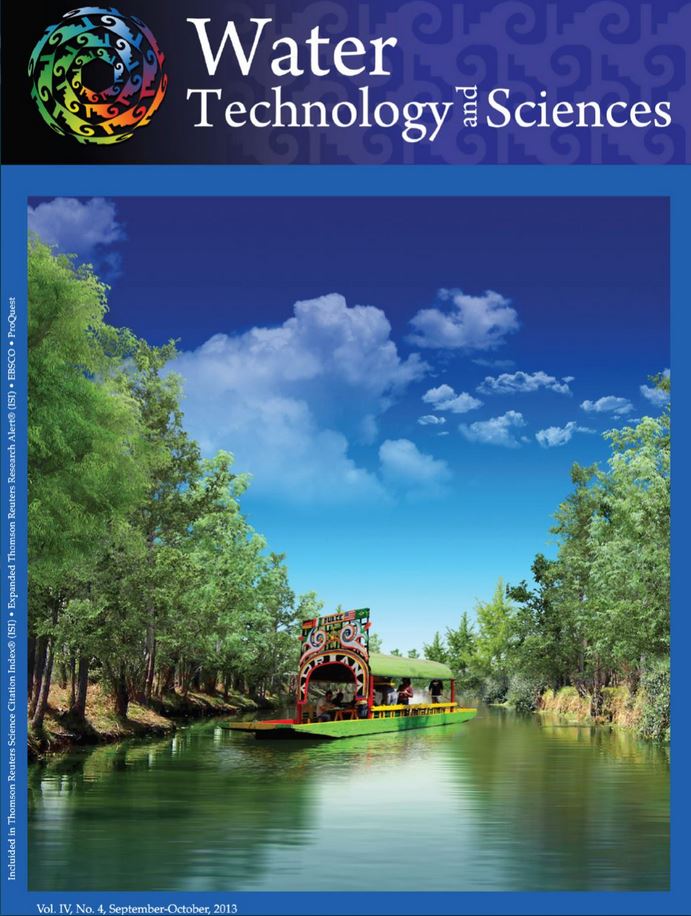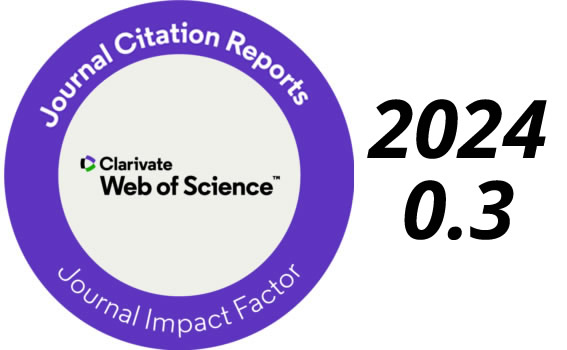Watershed sustainability index for the Lerma-Chapala Basin.
Keywords:
environmental stability, indicators, Lerma-Chapala basin, pressure-state-response schemeAbstract
The use of environmental indicators to measure sustainability began in the 1970s when environmental protection became one of the most important topics in campaigns and political agendas in several countries. Consequently, it was necessary to have tools to adequately quantify the sustainability of water resources management in arid regions. These indicators represent some of the tools used to quantitatively represent a series of attributes to characterize a system. They also make it possible to make comparisons to a reference scale, establish the state of a system with respect to the reference condition and identify its evolution and potential future state. The current environmental problem in the Lerma-Chapala River basin is the result of the interaction between political, economic and social factors in the region. Intensive agricultural and livestock practices have caused a high degree of degradation of the natural ecosystems in the basin and urban land use has greatly impacted the ecological equilibrium, which has degraded in recent decades due to anthropogenic activities. This work analyzes a hierarchical systems approach using the Watershed Sustainability Index (WSI) methodology.Downloads
Published
2023-06-16
How to Cite
Preciado-Jiménez, M., Aparicio, J., Güitrón-de-los-Reyes, A., & Hidalgo-Toledo, J. A. (2023). Watershed sustainability index for the Lerma-Chapala Basin. Tecnología Y Ciencias Del Agua, 4(4), 93–113. Retrieved from https://www.revistatyca.org.mx/index.php/tyca/article/view/380
Issue
Section
Articles
License
By Instituto Mexicano de Tecnología del Agua is distributed under a Creative Commons Attribution-NonCommercial-ShareAlike 4.0 International License. Based on a work at https://www.revistatyca.org.mx/. Permissions beyond what is covered by this license can be found in Editorial Policy.









